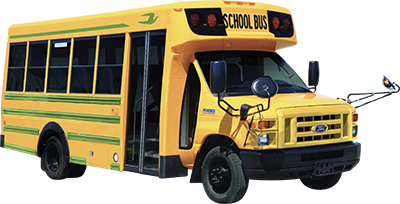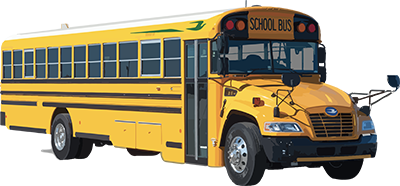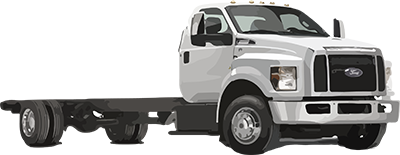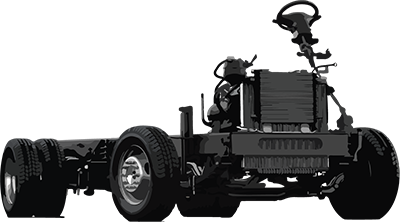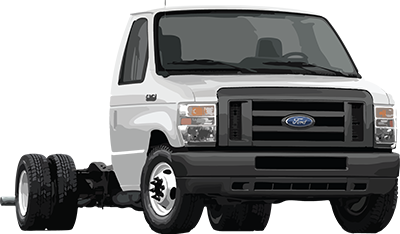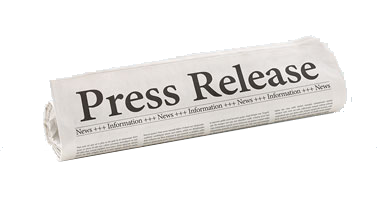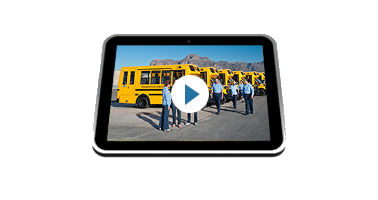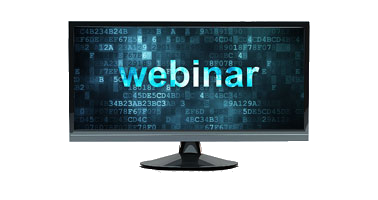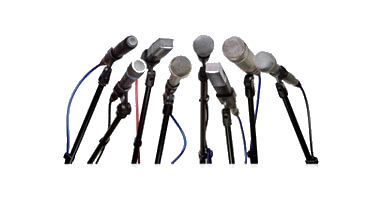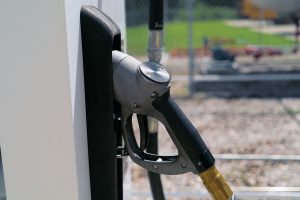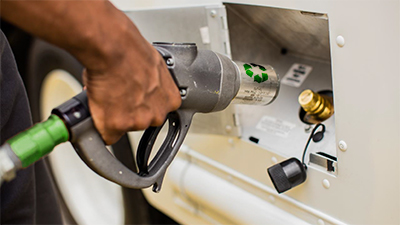How Do The Kids in Your Community Get to School?
Dear Friends of ROUSH CleanTech,

How do the kids in your community get to school?
Across the nation, many students walk or ride their bikes, or their parents drop them off. But, according to the American School Bus Council, more than half of America’s students ride buses every day.
Our partner, Blue Bird, has over six thousand of those school buses run on propane autogas, a clean-operating alternative fuel. That means about 450,000 students and 6,000 drivers get an environmental boost each day through reduced emissions and better air quality.
Oregon’s Bend-La Pine School District is one example. Each of their autogas buses eliminates about 169,000 pounds of carbon dioxide when compared to a similar diesel bus. For the entire fleet, that’s 8.9 million pounds of CO2 removed from the district’s carbon footprint.
When compared to conventional diesel, school buses fueled by autogas will emit fewer greenhouse gases, reduce total hydrocarbons emissions by 80 percent and virtually eliminate particulate matter.
Fewer emissions leaving the tailpipe mean less exposure to potentially harmful particulates.
Along with the clean-operating benefits, autogas buses reduce fuel costs. In fact, autogas historically costs about 50 percent less than diesel. Bend-La Pine Schools has reported a 57 percent reduction in fuel costs since implementing its autogas school buses while also reducing their maintenance costs and wear and tear on the engine and components.
Propane autogas is the fastest growing segment in the school bus industry. How can you get your school district involved? The more community awareness created about the economic and environmental benefits of alternative fuel adoption, the easier it is to gain local support. Call your school board today. Need more information? Call us at 800.59.ROUSH.
Happy New Year!
Sincerely,
Todd Mouw


